86°
broken clouds
Over 170 years old, one mile wide and three miles long comprising a total of 1,300 acres, New Orleans City Park is one of the largest urban Parks in the country. It is located in the heart of the city and is the largest recreational area for the entire region. City Park is home to the largest collection of mature live oaks in the world, with some trees over 800 years old.
Once the site of Allard Plantation facing Bayou St. John, City Park offers visitors a sample of the city’s riches both in fine art and natural splendor. The first 100 acres was willed to the City of New Orleans by John McDonough in 1854. In 1891 the City of New Orleans authorized a group of private citizens to manage the Park, the City Park Improvement Association, who still oversees the Park today, in partnership with the City Park Conservancy.
The story of City Park was shaped by two major events: the Great Depression and Hurricane Katrina. During the Great Depression of the 1930s, the Roosevelt Administration invested $12 million in developing the Park as part of the Works Progress Administration (W.P.A.), which employed 20,000 men and women to build roadways, fountains and even Tad Gormley Stadium. Much of the art found throughout the Park originated in the W.P.A. era.
The failure of the federal levee system following Hurricane Katrina in 2005 left 95 percent of City Park sitting in floodwaters for weeks, inflicting $43 million in damages to the park alone. The public responded with an overwhelming outpouring of support that has funded considerable progress in not only repairing, but also improving City Park.
Though City Park has changed and developed over time, we work to maintain the value and health of the Park’s natural green space and wildlife habitat. Since Hurricane Katrina, City Park has completed several notable projects that promote native species and provide opportunities for the community to engage with the natural environment.
Today’s City Park is distinguished by its large menu of recreational activities as well as by its natural beauty. City Park has a special place in the hearts of generations of New Orleanians and is a must for visitors to the city. A popular place to picnic, play a favorite sport, wander through its gardens or take a boat ride, the Park is visited millions of times each year.
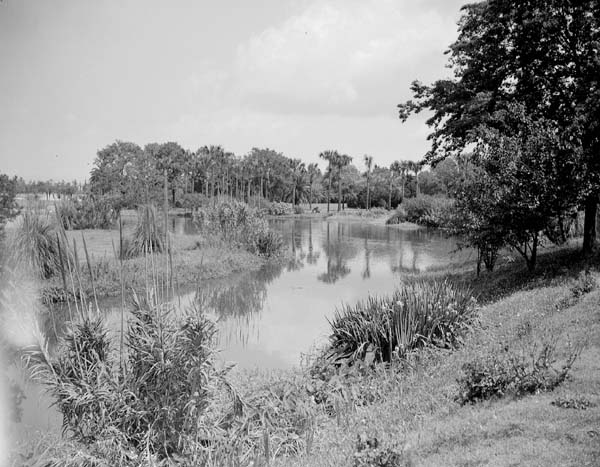
The tract of land, 100 acres, formerly the Allard Plantation, became city property in 1850 through John McDonogh’s will and was reserved for park purposes. In 1854, the 4th District Court pronounced the property a public park.
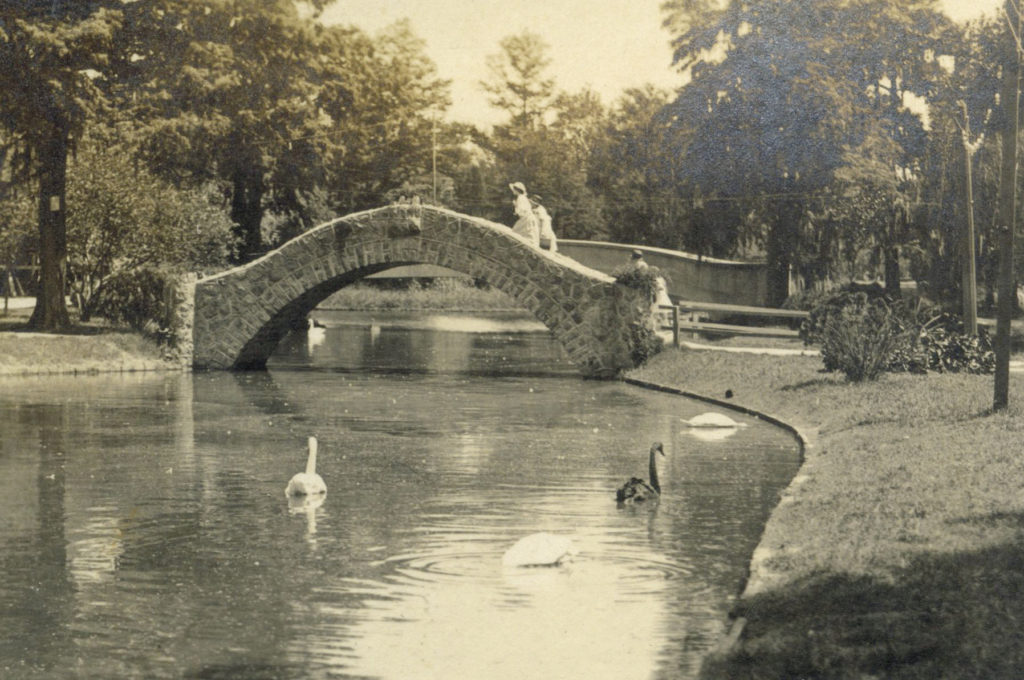
In 1891, the City Council passed an ordinance that stands to this day, transferring control of City Park to the Board of Commissioners of the City Park Improvement Association, which was founded in August of 1891. The property was officially established as “City Park.”
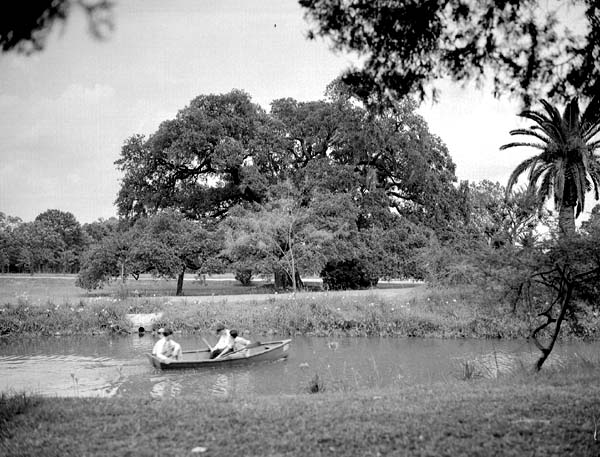
City Park was placed under the management and authority of City Park Improvement Association by the State Legislature in 1896.
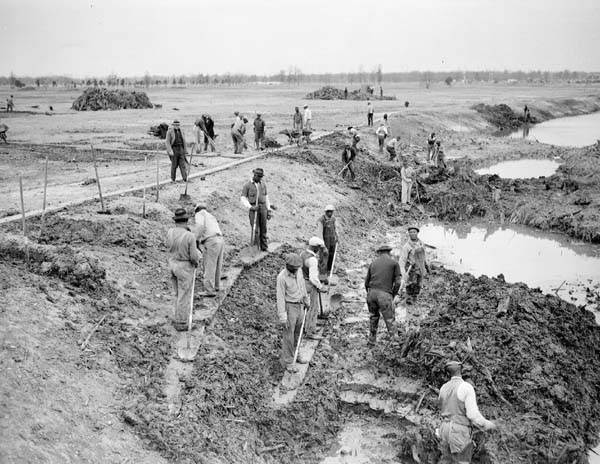
The Works Progress Administration played a large role in City Park’s growth. The Park was expanded in the 1930s due to a $12 million grant from the Works Progress Administration. A master plan, by Bennett, Parsons & Frost of Chicago was commissioned to guide the development of the greatly enlarged park; this plan was largely implemented in the 1930s by the W.P.A.
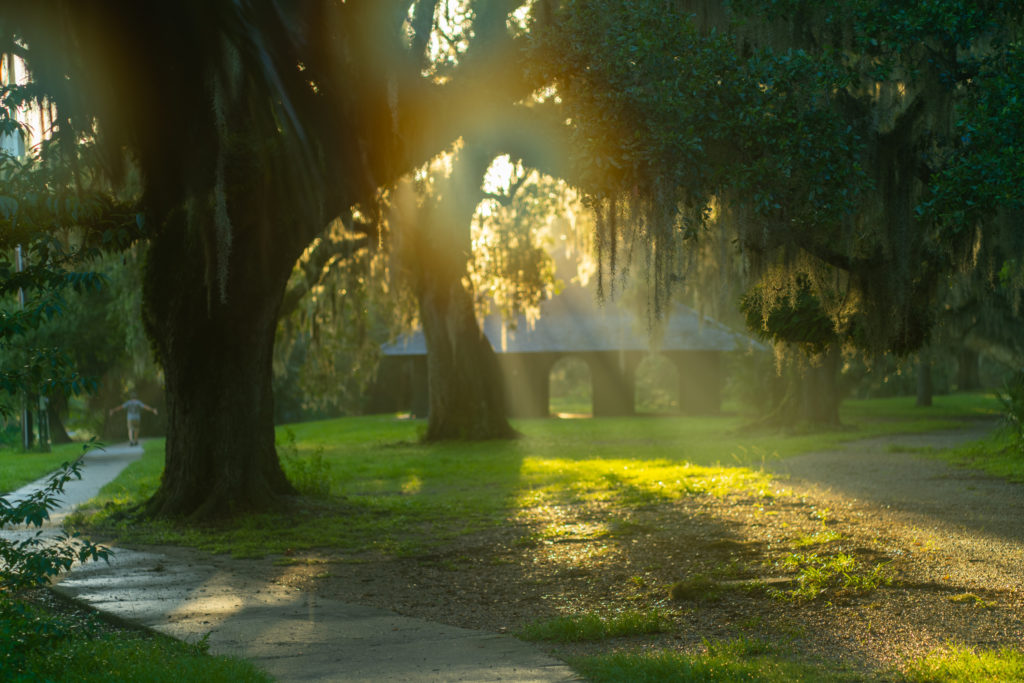
Founded in 1979 by Mrs. Henry J. “Peggy” Read, the organization’s first President, and then Vice President of the City Park Improvement Association, J. Barbee Winston, Friends of City Park was the first fundraising organization for the Park.
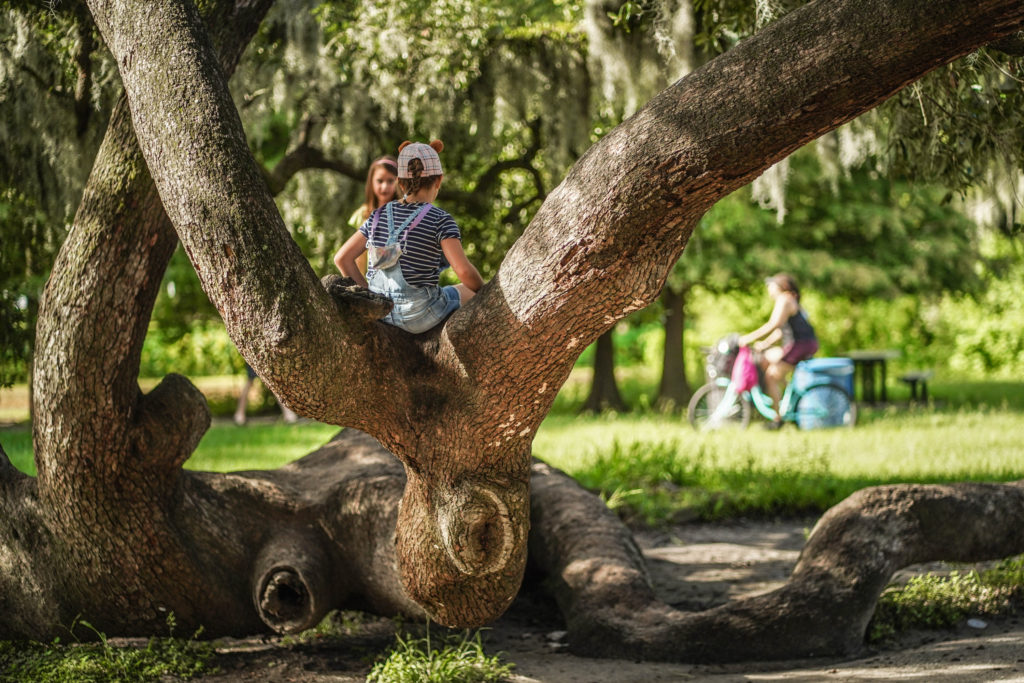
City Park Improvement Association is transferred to the Department of Culture, Recreation and Tourism in 1980’s under 36:801.

State legislature grants City Park Improvement Association the authority to contract with any nonprofit corporation for the operation, care, control and management for any or all of the facilities at City Park.
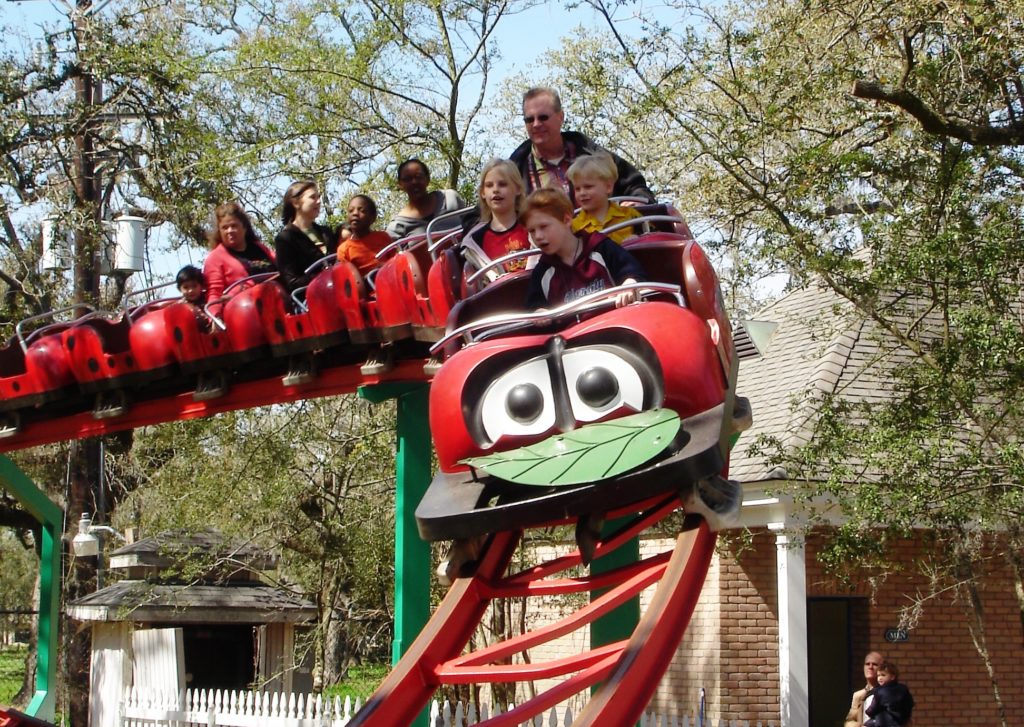
The City Park Master Plan (City Park 2018) was approved in March 2005 with the goal of making City Park a world-class urban park by the city’s 300th anniversary in 2018. City Park 2018 guided the recovery and improvements of the Park over the last decade and a half.
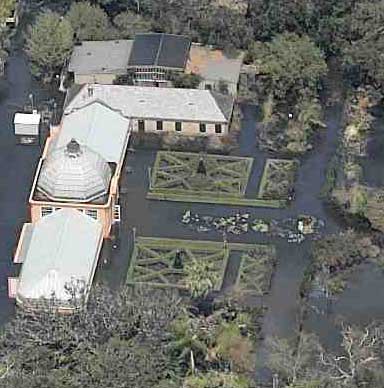
In August 2005, City Park and the Greater New Orleans area were dealt a devastating blow from Hurricane Katrina and the failure of the federal levee system. Over 90 percent of City Park flooded and the Park incurred 43 million dollars in damages. All records and archives from City Park were lost.
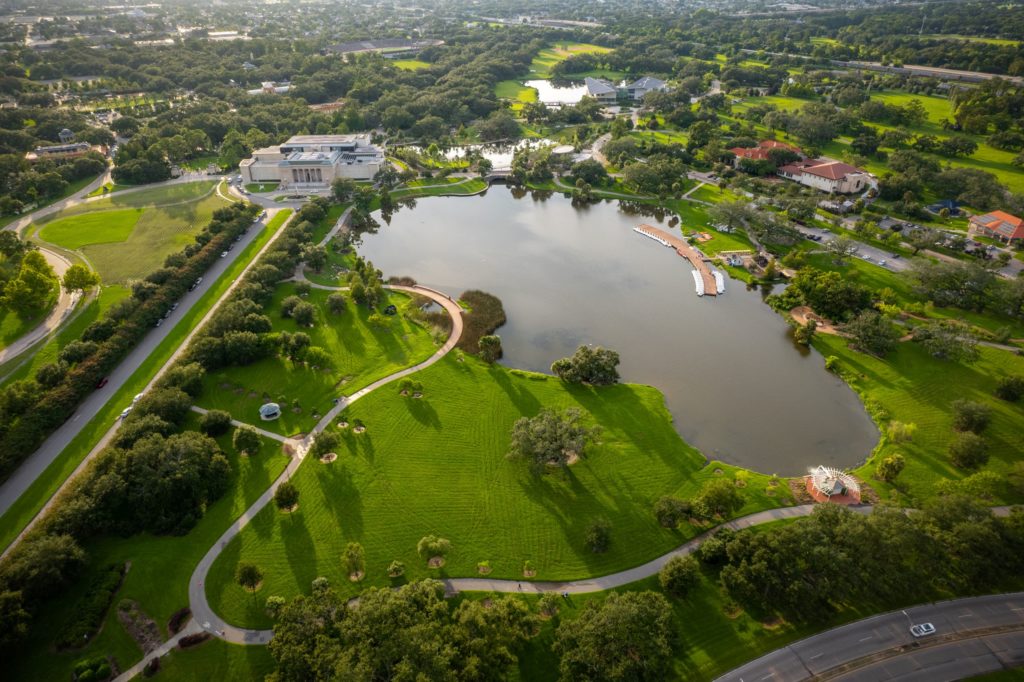
The City Park Improvement Association voted to approve a long-term agreement with the newly formed 501(c)3 nonprofit, City Park Conservancy, that will follow a governance model used nationwide to streamline management, operations, programming, membership, and fundraising for the betterment of City Park. Friends of City Park approved an agreement to merge with City Park Conservancy, bringing fundraising, membership, and programming under City Park Conservancy management.